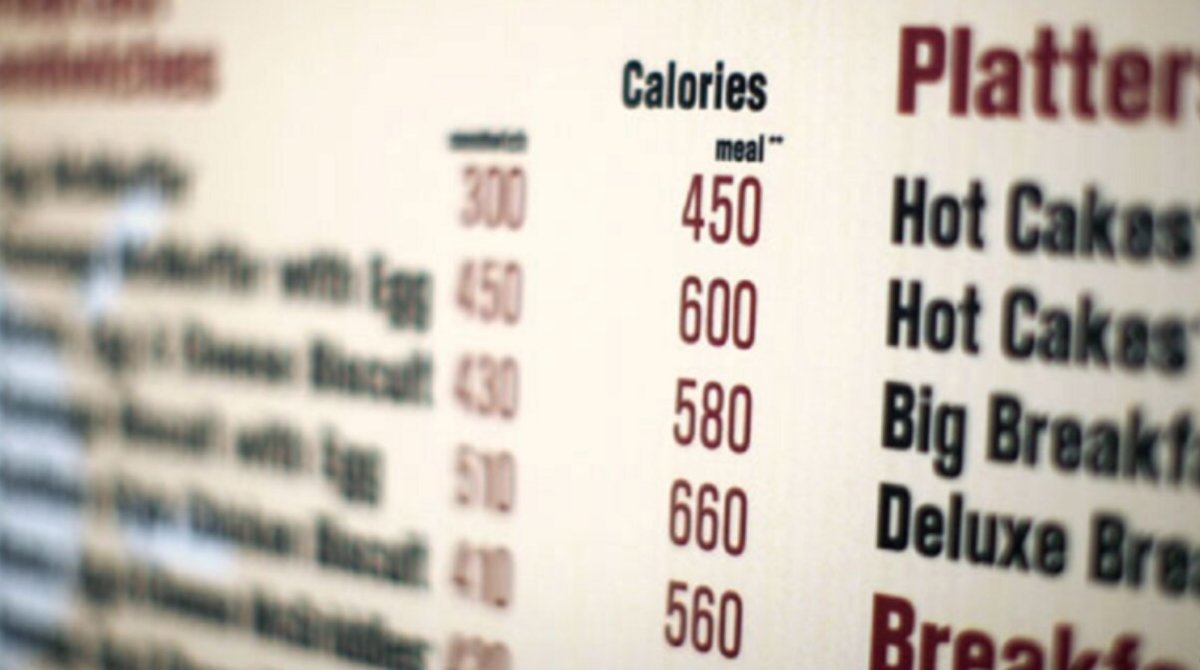Challenges In Menu Labelling: How To Overcome It
July 20, 2022

Menu Labelling is the declaration of nutrition information of menu items. Nutrients like Energy, Carbohydrates, Sugars, Protein, Fat, sodium, etc are declared on menu boards or menus. This information is useful to consumers as they are then aware of the nutrient profile of the recipes and hence can make informed choices of ordering recipes that suit their needs.
Supporters of menu labelling practice believe that such information when out there in the public will tend to cause consumers to take healthier decisions and order menus that are low on calories. Restaurants on the other hand will try and modify their recipes to make them healthier which will encourage customers to order from their menus. Menu Labelling or Nutrition Labelling will thereby reduce the rates of unhealthy eating and ensure obesity prevalence is under control.
Laws on Menu Labelling
The US Food and Drug Administration was the first to introduce and mandate menu labelling for restaurants and caterers. The UK Government has however not mandated nutrient information declaration on menus, but has introduced it as a good policy practice. In India, the Food Safety and Standards Authority of India (FSSAI) has in its Labelling and Display Regulations, 2020 has mandated all Food Service Establishments to declare nutrient information on their menus. Nutrition information along with allergen declaration should also be declared.
Challenges in Nutrition Labelling
Restaurants and Food Service Establishments face many challenges in the nutrition labelling of their recipes which are detailed below
1. Calculating Nutrition Values of 100s of Recipes
Restaurants or Food Service Establishments can use two approaches to get nutrition information- Nutrition Laboratory Analysis of individual recipes or using Nutrition Databases. The first method of laboratory analysis is highly accurate but extremely costly and hence is an out-of-scope option for most Restaurants. With more than 100s of recipes, analysis of each with surely cost a bomb. The second option of calculating nutrient values using databases seems logical and cost effective. However, as most Restaurant workers do not know how to calculate the nutrition values using databases, they often hire a Nutritionist or a Food professional for the job. This makes their job easy, however being a manual method will cost them time and effort, not undermining the errors that come with it.
2. Time Consuming Affair
The above two options listed for calculating nutrition values of recipes are both time-consuming. Unlike Food Business Operators that market just a handful of packaged products, Restaurants have 100s of recipes and hence getting nutrition information for each costs huge amount of time.
3. Additional Cost and Planning
Restaurants or Food Service establishments are careful in listing out and finalizing menus for their restaurant. Also, most Restaurants constantly update their recipes with the addition or deletion of ingredients or adding newer menus to their list. This comes as a challenge again as Restaurants have to again start over to calculate nutrition information for these updated or new recipes in their menus. This will not only incur additional costs but will also require careful planning of operations.
4. Being Regulatory Complaint
FSSAI the apex food regulatory body of India has mandated nutrition labelling for Restaurants and Food Service establishments. It regularly comes up with newer laws and guidelines to be followed by all. These amendments and laws are often difficult to comprehend for a regular Restaurant owner or Caterer. Hence it is difficult to make sure that all laws are followed and that all regulations are adhered to from time to time.
5. Fear of portraying nutrition information
As restaurant food items are high in calories highlighting those on menus often discourages customers to consume those dishes. There is a fear in the minds of Restaurant owners that their sales will drop. Many are not aware that apart from the nutrition information, other information such as allergen declaration also should be declared. The challenge they face is highlighting the positive nutrients in their menus since they are not aware of health and nutrition claims that can also be claimed.
How will Menu Labelling Impact Restaurants and Consumers?
Guidance Report on Menu Labelling
National Restaurant Association of India (NRAI) also addresses certain challenges that must be overcome for menu labelling in food service establishments. The report highlights the need for standardization in menu labelling, as well as the importance of clear and easily understandable labelling that provides consumers with the information they need to make informed choices. The report also stresses the need for food service establishments to be fully equipped and trained to implement these changes in a cost-effective and practical manner. This report provides valuable insights for food service establishments looking to overcome the challenges of menu labelling and provides a framework for successful implementation.
Read the report here: Guidance Note on Menu Labelling in Food Service Establishment | NRAI
Solution- Digital Food Labelling Platform
To negate the challenges listed above there is a need for a digital platform. FoLSol™ is India’s 1 st digital food labelling solution that will take care of all menu labelling challenges. It is a platform that will also highlight the positives of the recipe through health tags such as protein rich, source of fibre, iron rich, etc. The service is not only cost effective but also very easy to use. Benefits include listing of ingredients, comprehensive nutrition information, health claims, allergens, serving size, ingredient modification feature, easy downloads and printouts and much more all of which is FSSAI complaint.
References
1. Thomas, E. (2016). Food for thought: obstacles to menu labelling in restaurants and cafeterias. Public health nutrition, 19(12), 2185-2189.
2. The Food Safety and Standards Authority of India (FSSAI). Regulations. Food Safety and Standards (Labelling and Display) Regulations. Retrieved from 2020’https://www.fssai.gov.in/upload/notifications/2020/12/5fd87c6a0f6adGazette_Notification_Labelling_Display_14_12_2020.pdf

Rashida Vapiwala (Founder at LabelBlind®, Food Label Specialist, Ph.D (Food Science and Nutrition))
Rashida is passionate about solving problems for the food industry using technology. She loves creating tech-led solutions in the space of Nutrition.
